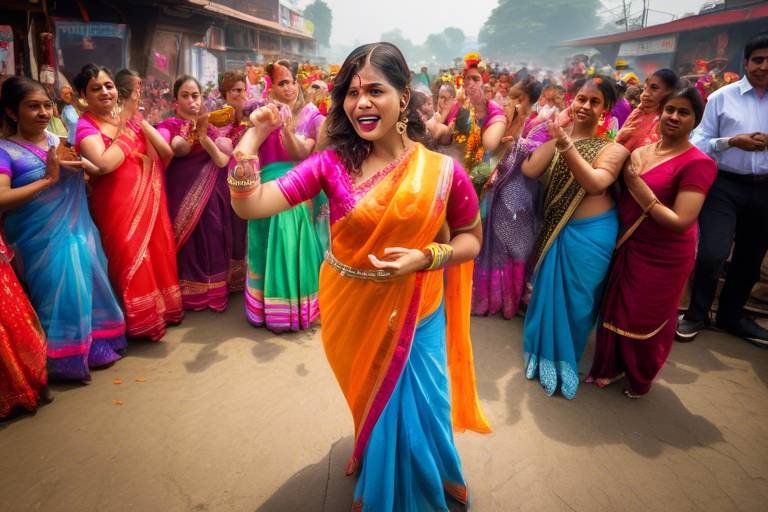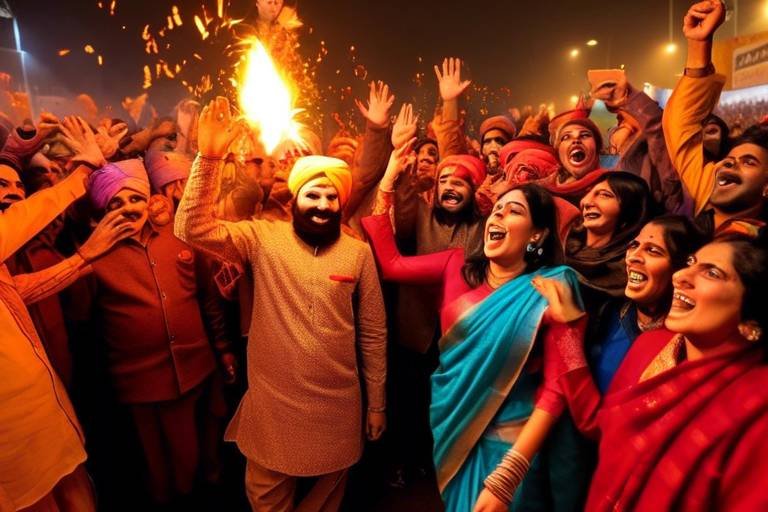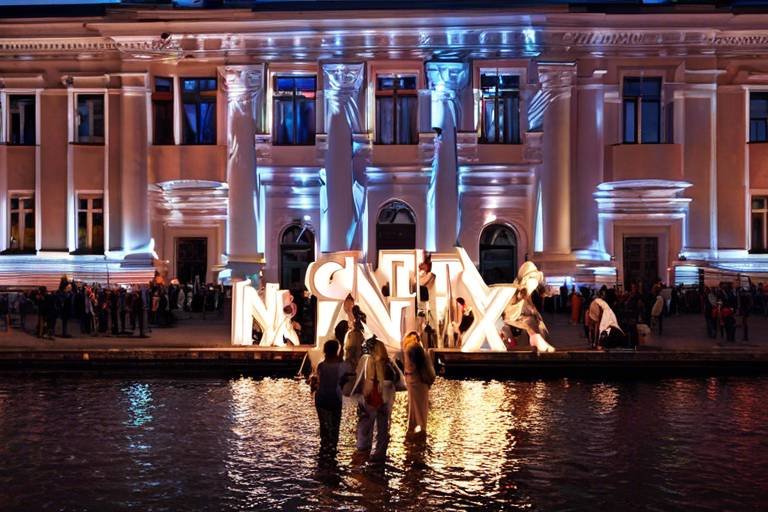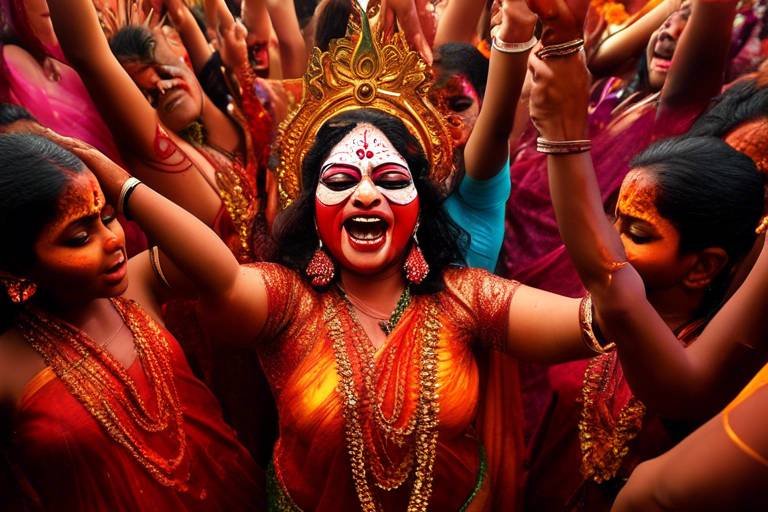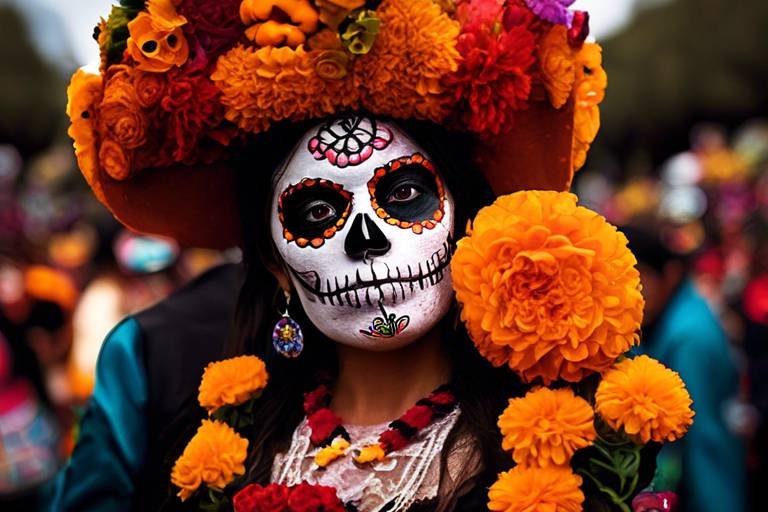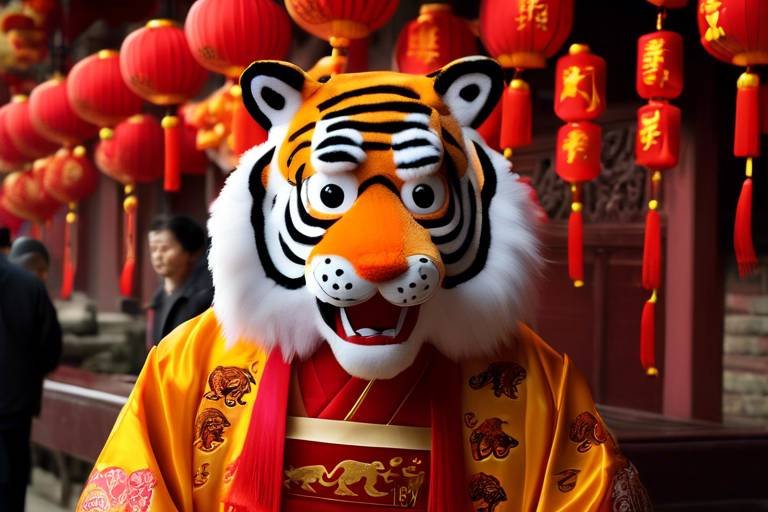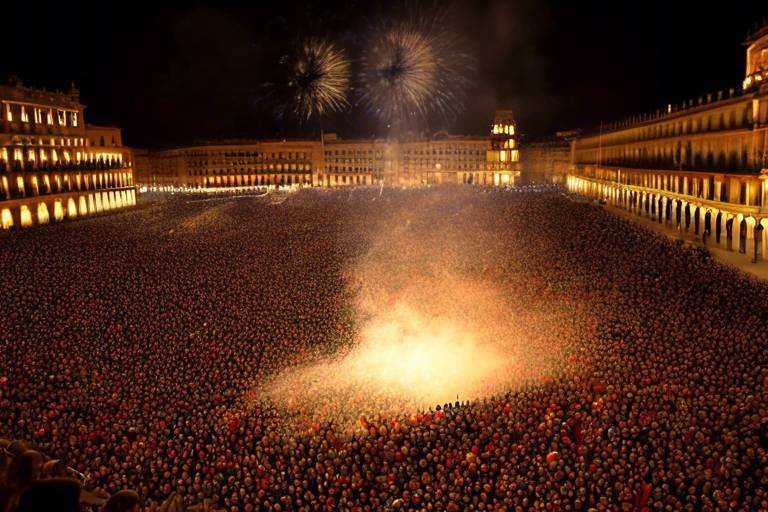The Splendor of India's Rath Yatra Festival
India's Rath Yatra Festival is a magnificent celebration that epitomizes the rich cultural tapestry of the country. It is a vibrant and joyous event that pays homage to Lord Jagannath, attracting devotees and tourists alike from all corners of the globe. The festival is a colorful spectacle filled with traditions, rituals, and a sense of unity that transcends boundaries.

Origins and History of Rath Yatra
Originating from the rich tapestry of Hindu mythology and ancient legends, Rath Yatra holds a profound historical significance that dates back centuries. The festival is deeply rooted in the lore of Lord Jagannath, a revered deity in Hinduism, and is celebrated with immense fervor and devotion across India. Rath Yatra, also known as the Chariot Festival, symbolizes the journey of Lord Jagannath, Balabhadra, and Subhadra from the Jagannath Temple in Puri to the Gundicha Temple, a distance of about 3 kilometers.
The history of Rath Yatra can be traced back to the Jagannath Temple in Puri, Odisha, where the tradition of pulling the grand chariots of the deities through the streets first began. Legends narrate that King Indradyumna, a devout follower of Lord Jagannath, dreamt of the deity's form and commissioned the construction of the iconic Jagannath Temple. The annual Rath Yatra procession is believed to have started over a thousand years ago, making it one of the oldest and most revered festivals in India.
This auspicious festival not only commemorates the divine journey of the deities but also signifies the bond between the gods and their devotees. The vibrant celebrations and rituals associated with Rath Yatra reflect the cultural heritage and spiritual ethos of India, showcasing a harmonious blend of tradition and devotion that continues to captivate hearts and minds to this day.
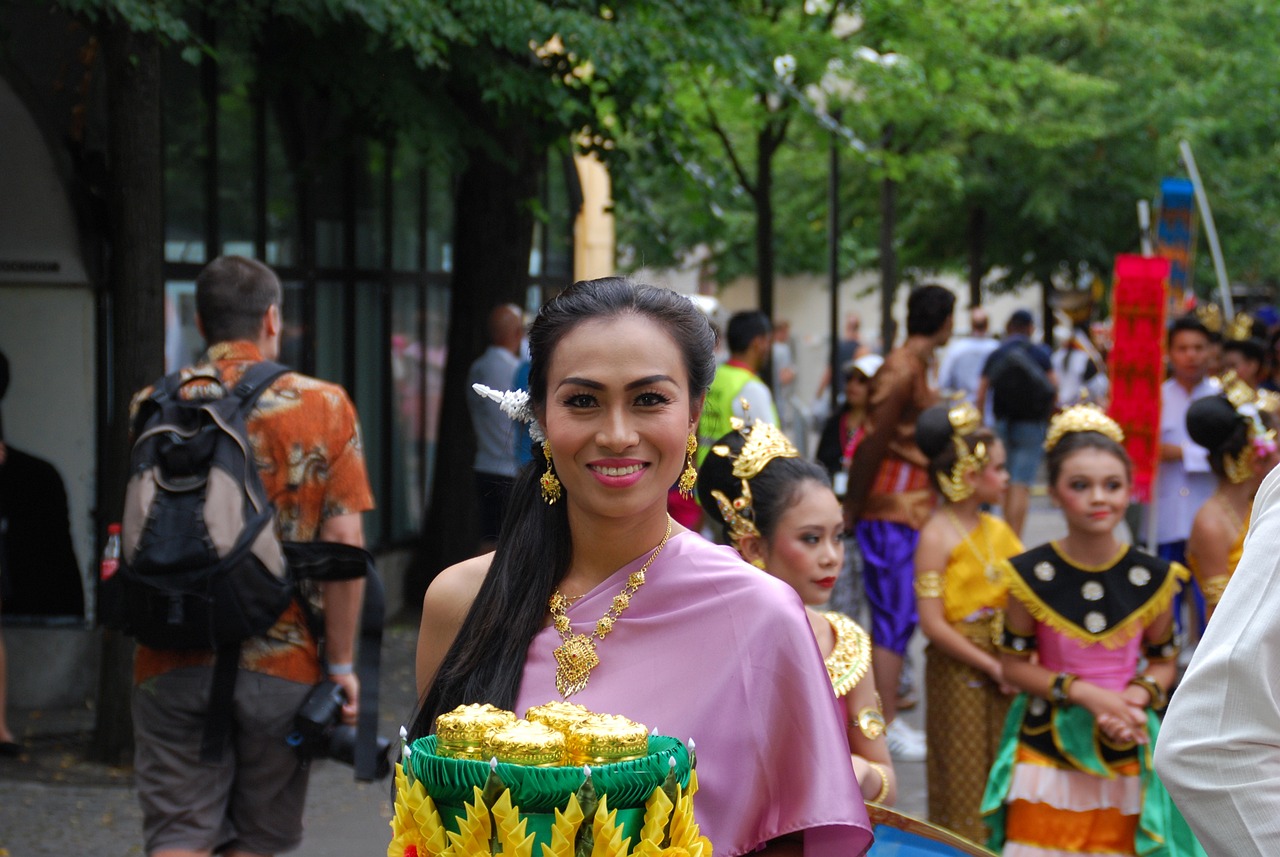
Preparations and Festivities
Exploring the grandeur and cultural significance of India's Rath Yatra festival, a vibrant celebration that honors Lord Jagannath. Learn about the history, traditions, rituals, and the joyous atmosphere that surrounds this auspicious event.
As the Rath Yatra festival approaches, the air in the streets of Puri, Odisha, becomes electrifying with anticipation and excitement. The preparations for this grand event are nothing short of spectacular, involving meticulous planning and attention to detail. The chariots, known as 'raths,' are the focal point of the festivities, each dedicated to a specific deity - Lord Jagannath, Balabhadra, and Subhadra.
The construction of these towering chariots is a labor of love, with skilled artisans crafting them from scratch using traditional methods passed down through generations. The chariots are adorned with vibrant colors, intricate designs, and auspicious symbols, symbolizing the divine presence of the deities during the procession.
Days before the Rath Yatra, the city buzzes with activity as devotees and volunteers come together to decorate the chariots with flowers, flags, and canopies. The atmosphere is filled with music, dance, and cultural performances, adding to the festive spirit that permeates the streets.
Food stalls line the roads, offering a variety of traditional delicacies and sweets to the pilgrims and visitors who throng the city during this time. The aroma of spices and incense fills the air, creating a sensory feast that complements the visual spectacle of the decorated chariots.
Amidst the hustle and bustle of the preparations, a sense of unity and camaraderie prevails, as people from all walks of life come together to celebrate this sacred occasion. The festivities culminate in the grand procession of the chariots, where devotees pull the ropes with devotion and fervor, seeking blessings and spiritual fulfillment.
The Rath Yatra is not just a festival; it is a vibrant tapestry woven with threads of tradition, culture, and spirituality. It is a time when the past and present converge, creating a spectacle that captivates the heart and soul of all who witness it.

Symbolism and Rituals
Symbolism and Rituals of Rath Yatra delve deep into the spiritual essence and cultural significance of this vibrant festival. The rituals observed during Rath Yatra are steeped in symbolism, reflecting ancient traditions and beliefs that hold profound meaning for devotees.
One of the central rituals of Rath Yatra is the pulling of the chariots, symbolizing the journey of Lord Jagannath, Balabhadra, and Subhadra from the temple to their aunt's residence. This act of pulling the chariots signifies the devotees' desire to invite the divine presence into their lives and communities, seeking blessings and protection.
Offering prayers and performing rituals during Rath Yatra are believed to cleanse the soul and purify the mind, creating a spiritual connection with the deities. The act of seeking blessings from Lord Jagannath is seen as a way to gain spiritual strength and guidance in navigating life's challenges.
The chariots themselves hold symbolic significance, with each detail representing different aspects of Hindu mythology and spirituality. The colors, decorations, and designs of the chariots are carefully chosen to convey specific meanings and invoke divine blessings during the procession.
Another important ritual during Rath Yatra is the distribution of prasad, which symbolizes the sharing of divine grace and blessings with all devotees, regardless of their background or social status. This act of generosity and inclusivity underscores the universal message of love and unity that Rath Yatra embodies.
Overall, the symbolism and rituals of Rath Yatra serve as a powerful reminder of the enduring spiritual traditions and cultural heritage that unite communities in celebration and devotion. Through these sacred practices, devotees experience a profound connection with the divine and a sense of belonging to a larger spiritual family.
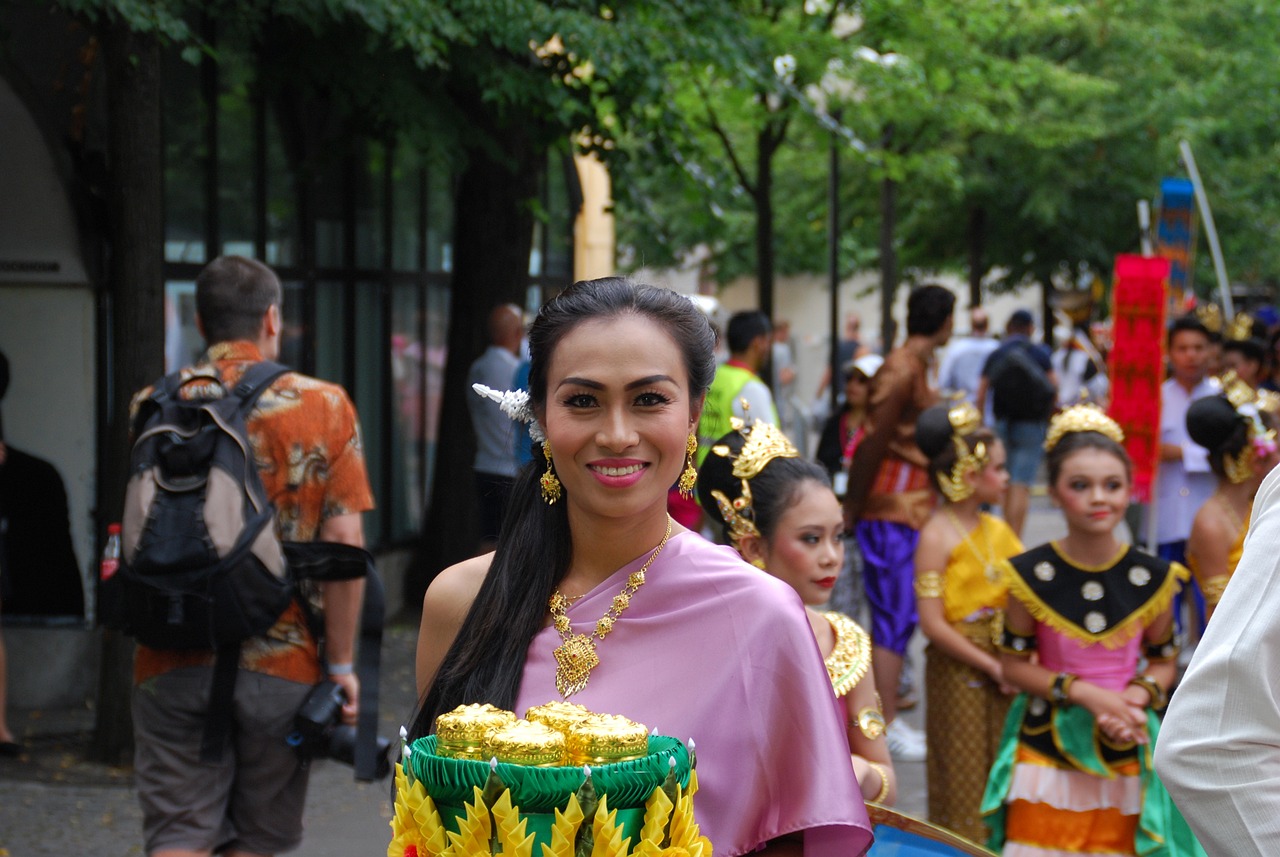
Chariots and Deities
When it comes to the Rath Yatra festival in India, the majestic chariots and revered deities play a central role in the grand procession. These intricately designed chariots symbolize the divine presence of Lord Jagannath, Balabhadra, and Subhadra, attracting devotees and spectators alike with their magnificence and spiritual significance.
The chariots, known as "raths," are massive structures adorned with vibrant colors, intricate carvings, and symbolic motifs. Each chariot is dedicated to a specific deity, with Lord Jagannath's chariot being the tallest and most prominent, symbolizing his supreme status among the divine siblings. The chariots are meticulously crafted by skilled artisans and devotees, reflecting a blend of artistic craftsmanship and religious devotion.
During the Rath Yatra procession, the chariots are pulled by thousands of enthusiastic devotees through the streets, accompanied by chanting, music, and the sound of traditional instruments. The act of pulling the chariots is considered a sacred duty and a way to seek blessings from the deities, with devotees eagerly participating in this auspicious ritual.
As the chariots make their way through the city, devotees offer prayers and seek blessings from the deities, believing that the mere sight of the chariots and the chance to touch the ropes can bring spiritual fulfillment and divine grace. The presence of Lord Jagannath, Balabhadra, and Subhadra on the chariots is believed to bestow blessings and protection on the devotees and the community at large.
The Rath Yatra festival is a vibrant celebration of faith, devotion, and unity, where the chariots and deities serve as symbols of divine grace and spiritual enlightenment. The sight of the majestic chariots rolling through the streets, accompanied by the chanting of hymns and the fervent prayers of devotees, creates an atmosphere of reverence and joy that is truly unparalleled.
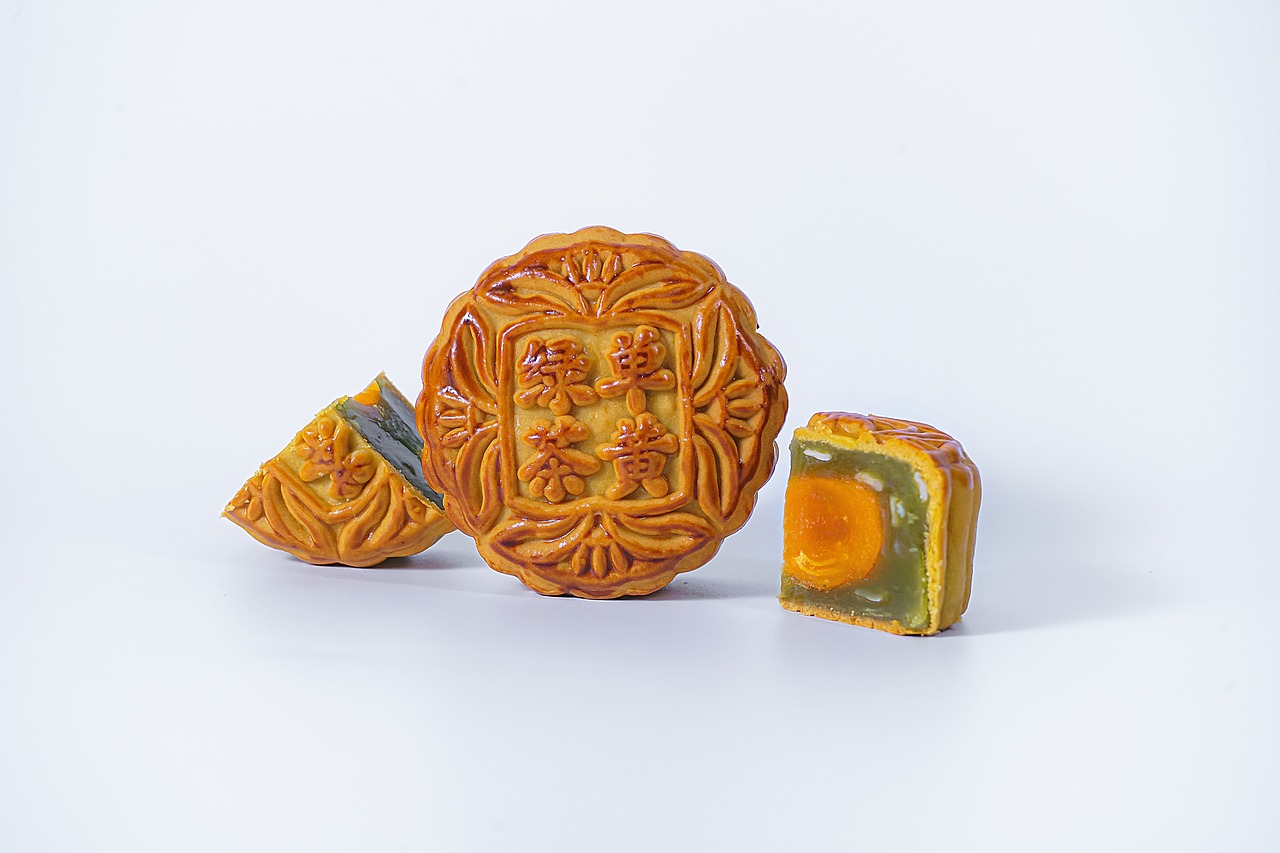
Devotees and Pilgrims
Devotees and Pilgrims play a central role in the vibrant tapestry of India's Rath Yatra festival. These dedicated individuals travel from far and wide, embarking on a spiritual journey filled with faith and devotion. As they gather in the streets to witness the grand procession of the majestic chariots carrying the revered deities, a sense of unity and reverence permeates the atmosphere.
For many pilgrims, Rath Yatra is not just a festival but a sacred opportunity to seek blessings and immerse themselves in the divine presence of Lord Jagannath, Balabhadra, and Subhadra. The devotion and fervor of the devotees are palpable as they pull the chariots with utmost reverence, believing in the blessings that this act bestows upon them.
Each devotee brings a unique story and personal connection to the festival, adding to the rich tapestry of traditions and beliefs that define Rath Yatra. Whether young or old, rich or poor, all come together in a spirit of camaraderie and devotion, transcending barriers of caste, creed, and social status.
As the rhythmic chants and melodious bhajans fill the air, devotees are transported into a realm of spiritual bliss, where the boundaries between the mundane world and the divine realm fade away. The experience of being part of Rath Yatra is not just a physical journey but a soul-stirring odyssey that leaves an indelible mark on the hearts of all who participate.
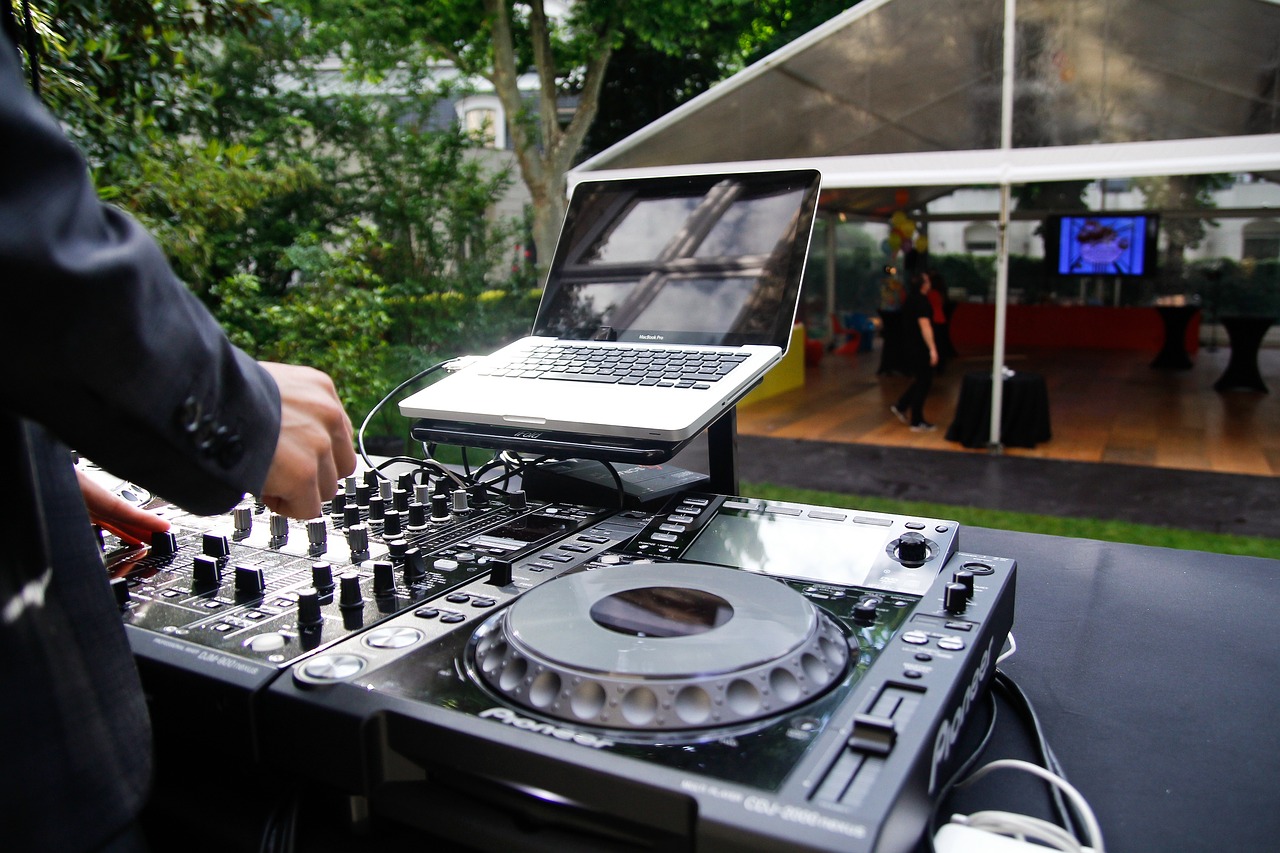
Cultural Significance and Unity
The of India's Rath Yatra festival goes beyond mere celebrations; it serves as a unifying force that bridges communities and fosters harmony. This vibrant event showcases the rich cultural tapestry of India, bringing people from diverse backgrounds together in a spirit of joy and devotion. The festival transcends regional and religious boundaries, emphasizing the common values of love, respect, and unity.
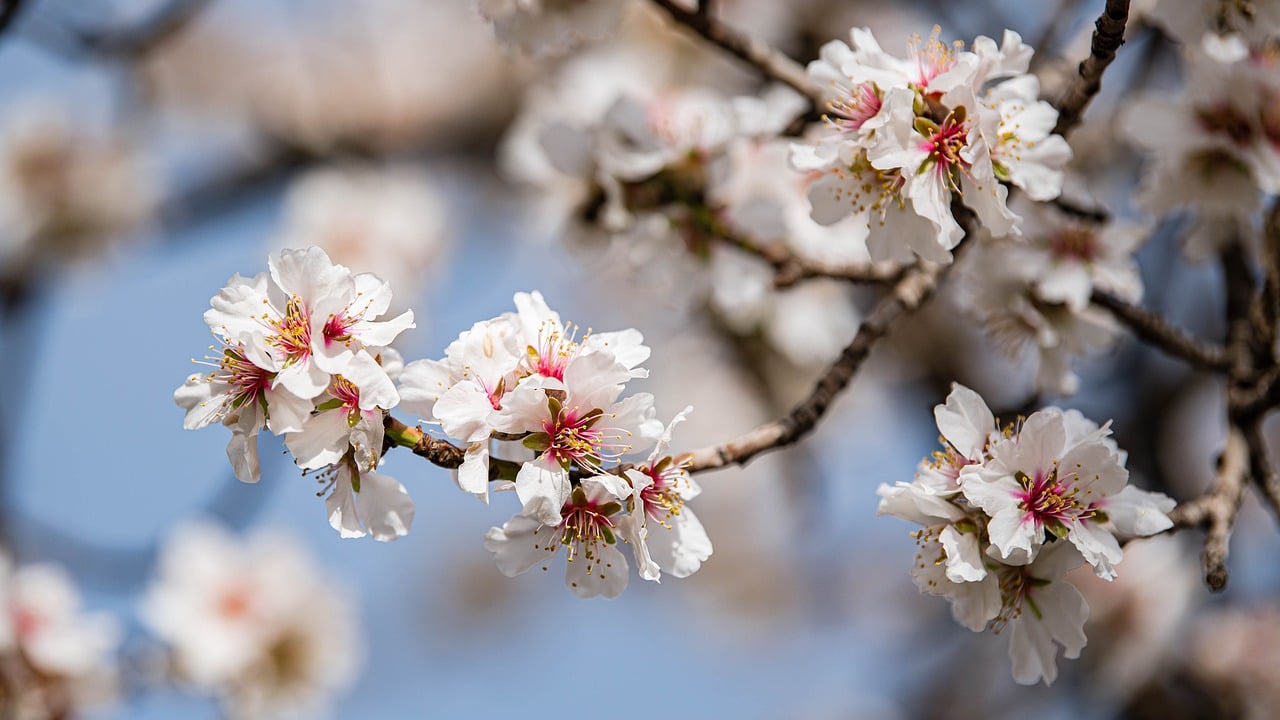
Global Impact and Tourism
When it comes to the global impact of India's Rath Yatra festival, it's hard to overlook the significant role it plays in attracting tourists and visitors from all corners of the world. This vibrant celebration of culture and spirituality has transcended geographical boundaries to become a symbol of India's rich heritage on the global stage. Tourists flock to witness the grandeur of the festival, immersing themselves in the colorful processions, lively music, and fervent devotion that characterize Rath Yatra.
With its international recognition growing steadily, Rath Yatra has become a key event on the cultural tourism calendar, drawing in travelers seeking an authentic experience of Indian traditions and customs. The festival's appeal lies not only in its religious significance but also in the sense of unity and inclusivity it fosters among people of different backgrounds and beliefs.
As visitors from around the globe converge to witness the spectacle of the chariot processions and participate in the festivities, they contribute to the economic impact of the event, boosting local businesses and supporting the community. Rath Yatra serves as a bridge between cultures, inviting people to come together in celebration and mutual respect.
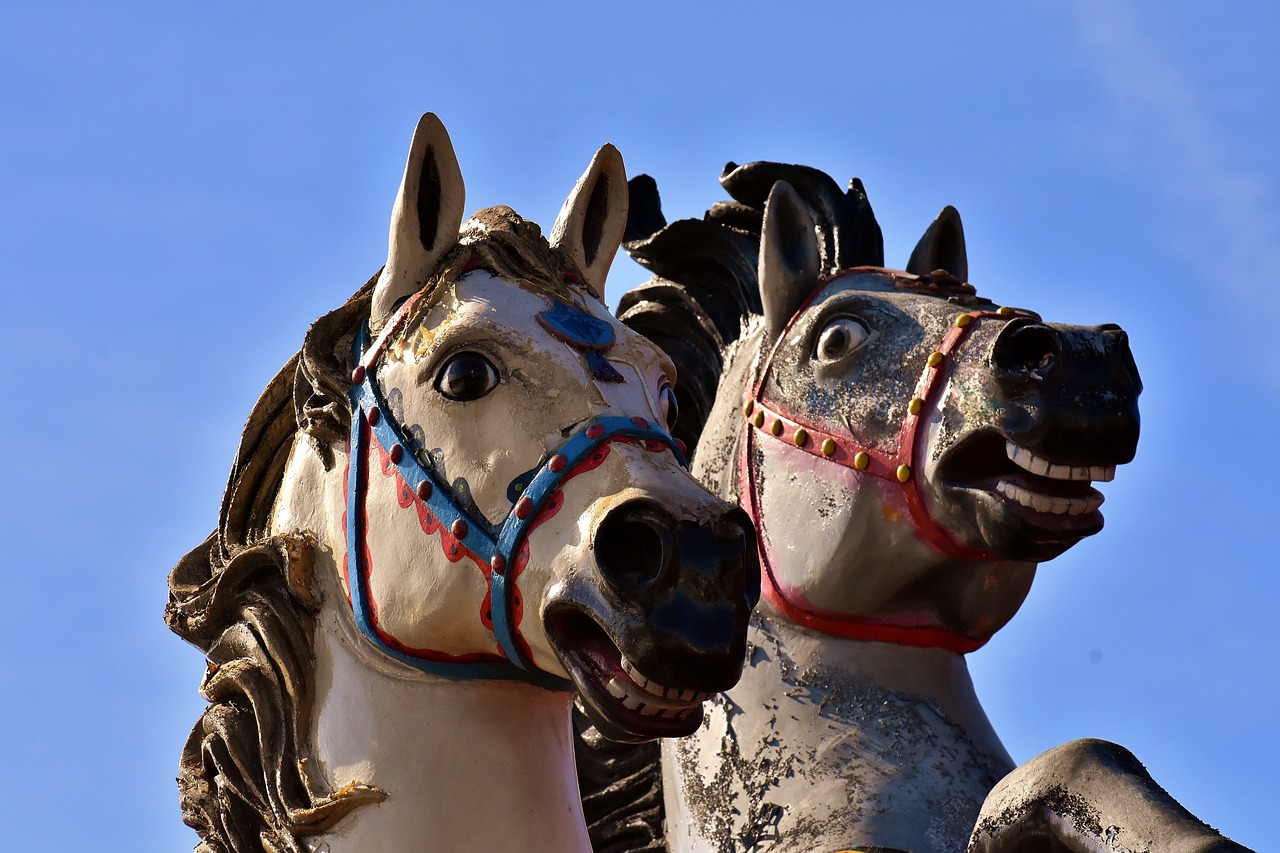
Future of Rath Yatra
The future of Rath Yatra shines brightly as this traditional festival continues to evolve and adapt to the modern age. With each passing year, Rath Yatra attracts a growing number of devotees and tourists, ensuring its enduring legacy for generations to come. The festival's timeless rituals and vibrant celebrations resonate with people from all walks of life, transcending cultural boundaries and fostering a sense of unity and harmony.
As technology advances and communication networks expand, Rath Yatra has the potential to reach even greater global audiences, spreading its message of peace and devotion to all corners of the world. The festival's cultural significance and spiritual essence make it a cherished event not only in India but also on the international stage, drawing visitors from diverse backgrounds who seek to experience the magic and splendor of this ancient tradition.
Furthermore, the future of Rath Yatra holds promise for innovative interpretations and creative expressions that will appeal to younger generations while honoring the festival's rich heritage. As new ideas and perspectives merge with age-old customs, Rath Yatra will continue to captivate hearts and minds, ensuring its relevance in a rapidly changing world.
Frequently Asked Questions
- What is the significance of Rath Yatra?
Rath Yatra is a sacred festival in India that celebrates the journey of Lord Jagannath, Balabhadra, and Subhadra on grand chariots. It holds immense cultural and religious importance as devotees pull the chariots, seek blessings, and partake in the joyous festivities.
- How long has Rath Yatra been celebrated?
Rath Yatra has ancient origins, dating back centuries in Hindu mythology and tradition. It has evolved over time but continues to be a cherished event that brings communities together in devotion and celebration.
- What are the rituals associated with Rath Yatra?
Rath Yatra involves various rituals such as chariot decoration, offering prayers, and pulling the chariots through the streets. These rituals symbolize devotion, unity, and the journey of the deities to bless the devotees.
- Who participates in Rath Yatra?
Devotees, pilgrims, and tourists from around the world participate in Rath Yatra to experience the spiritual energy and cultural richness of the festival. It is a time of unity, faith, and celebration for people of all backgrounds.
- How does Rath Yatra promote cultural unity?
Rath Yatra transcends boundaries of caste, creed, and nationality, bringing people together in a spirit of harmony and devotion. It showcases India's diverse cultural heritage and promotes unity among communities.




